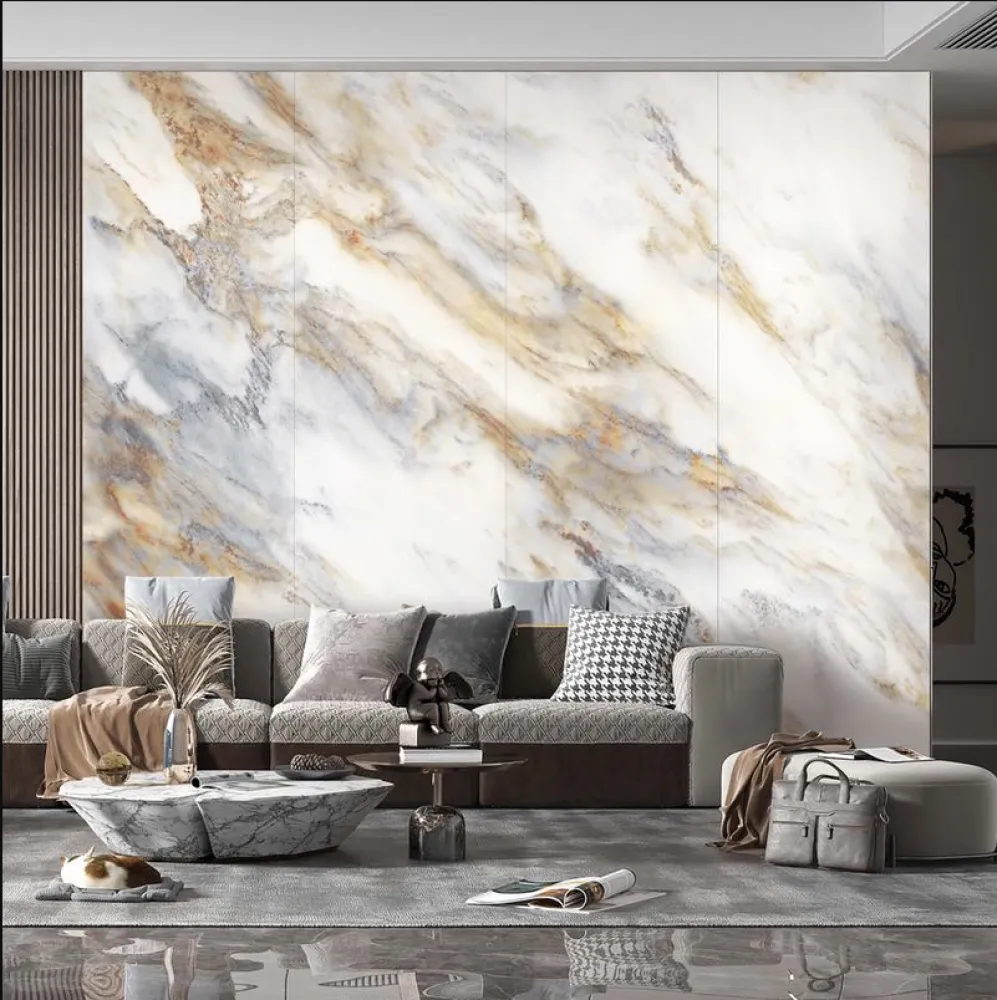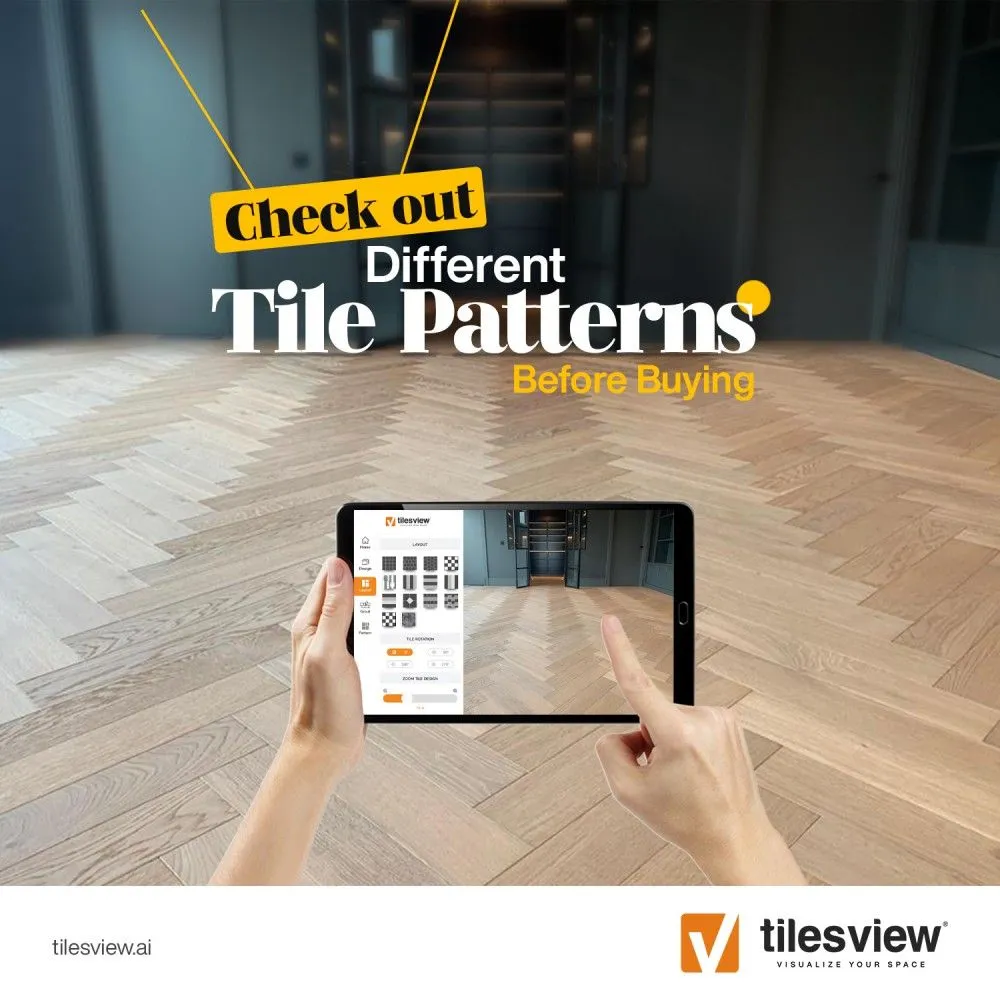Start Your 14-Day Free Trial !
Jan 30, 2023

Do you want to capture the attention of your target audience? You can’t stay away from innovation, then! If you know a bit about Virtual Reality (VR), but don’t know how to use it in marketing, then this blog is for you.
This technology has turned out to be a game-changing tool that marketers are harnessing. If you’re a marketer, it becomes entirely possible for you to create memorable experiences for your audiences using Virtual Reality.
VR transports users to virtual worlds and engages multiple senses. This has revolutionized marketing strategies and elevated brand interactions to unprecedented levels. Today, we’ll explore the advent of VR in various industries and understand its significant impact on marketing efforts. We’ve also listed the benefits of using VR in marketing.
Let’s uncover the exciting realm of VR-powered marketing. And yes, the most shocking thing in this blog will be the AI tiles visualization tool.
VR's journey began as a futuristic concept. However, when we look around today, we can feel that it has become a tangible reality with applications spanning diverse industries. VR has proved its versatility and potential everywhere, right from entertainment and gaming to healthcare and education. We’re able to create immersive and interactive environments, and this has highly piqued the interest of marketers seeking the most successful and practical ways to connect with their target audiences.
LIVE VR FOR YOUR FLOORING: TRY FOR FREE
By immersing users in captivating virtual environments, marketers can evoke excitement, curiosity, and even nostalgia, leaving a lasting impression that traditional marketing techniques struggle to achieve.
Since VR has started getting included in marketing strategies, it has opened up a range of possibilities for brands. Traditional advertising is often passive, but VR marketing provides consumers with an active and participatory experience. Today, it’s much easier for brands to create virtual experiences to push users to explore products, services, and brand stories in a way that feels personal.
VR evokes emotions and forges strong connections between brands and consumers, and that’s actually one of the key advantages of VR in marketing. If you’re a marketer, and you want to evoke excitement, curiosity, and even nostalgia and leave a lasting impression that traditional marketing techniques struggle to achieve, it’s your time to immerse users in captivating virtual environments.
Now, why is VR holding such significance in today’s market? It’s mostly because of its power to create memorable experiences that leave a lasting impact on consumers' minds.
Brands can reap the advantage of the immersive nature of VR to break through the noise of traditional advertising and grab the attention of their audience.
Also, brands can showcase their products and services in innovative and informative ways, increasing the chances of sales. Let’s take an example of real estate companies. They can offer virtual property tours so that their potential buyers can explore homes without leaving their current location.
Similarly, a few automotive brands today are providing virtual test drives to give potential buyers a taste of the driving experience before setting foot in a dealership.
The tile industry is among the first few industries that embraced VR to enhance marketing efforts more than various other industries. Today, many tile manufacturers and retailers are leveraging VR and creating amazing experiences that showcase their products' versatility.
With such a great facility like VR, customers can literally walk through fully tiled spaces, let it be bathrooms or kitchens. This allows them to effortlessly visualize how various tile options would look in their homes.

The tile selection process has undergone huge changes with the use of VR. Customers can now explore vast tile collections, and it's very easy to mix and match patterns and colors and even virtually place tiles in specific areas to assess the overall aesthetics. Just imagine that!
Because of such a high level of personalization and interactivity, customer experience reaches a whole new level. This allows consumers to make well-informed and confident decisions when choosing tiles for their projects.
If you want to imagine this whole scene, we’d recommend you check this AI tiles visualization tool.
So, after reading this blog, now you know that Virtual Reality has become a transformative force in marketing. It has offered brands unparalleled opportunities to engage with their audiences in creative ways. VR has opened up new dimensions in how brands connect with consumers, no matter if we talk about anything from evoking emotions to providing interactive experiences.
If you are a tile manufacturer and really looking to make the tile buying process for your customer more enjoyable, informative, and personalized, then it’s your time to include VR in marketing. Your sales campaigns will undoubtedly be more exciting and innovative. It will entirely redefine how your brand engages with your customers.
You must embrace the power of VR if you want to elevate your tile brand's presence. It will increase the level of enthusiasm in your buyers, and that’s exactly what increases your sales.
TilesView is a great example of the usage of VR in the tiles industry. The shopping experience this tool offers to the potential buyer is unmatchable. Now, as the experience is going to be great, there will be more chances for the buyers to buy tiles from you.
Similarly, if you’re a person planning to buy tiles for your home, Download TilesView on Google Play and make things easy for you!